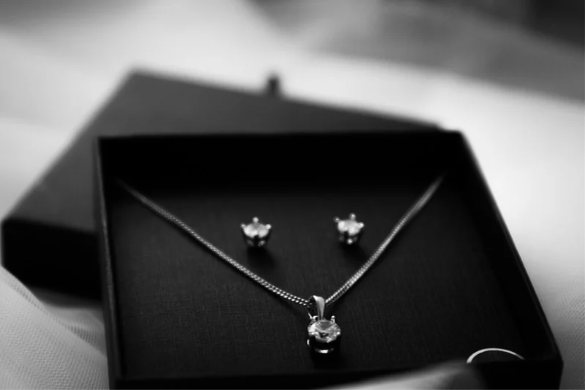Embracing Tomorrow: The Revolutionary Thought On The Jewels Of The Future

The product of the future will be able to fulfil much more than just aesthetic and value parameters. It will stand for quality commensurate with price, be a representation of its owner’s personality, be multi-functional, relevant and much more. How do manufacturers go about creating such a product? The answer is in understanding its demand first.
Jewellery is no longer a revered object to be stored in vaults and brought out only on special occasions. The young and the old alike have changed perceptions of how they purchase and wear jewels. But these changing perceptions arrive with attendant expectations. Jewellery consumers now want much more than aesthetics and value for money from the products they choose to buy. They want the product to be in sync with not only their budget but also their sensibilities and personality. The product of the future will have quality, multi functionality, investment value, eternal design that is relevant 10, 20 or 50 years down the line.
Striking a Balance
These expectations are set to intensify in the future. For brands and retailers it is imperative to understand the origins of these expectations and equip themselves to meet the resultant challenges head on. Of course no one single product can possess all of the said attributes but finding the winning combination that works best for their targeted demographic is what brands and retailers should aspire to.
Consider this, brands such as Lanvin and Roberto Cavalli sell fashion jewellery for thousands of euros whereas Zales in the US and Tchibo in Germany sells gold diamond rings starting at $99 and €99 respectively. Price transparency and brand value contribute to this dynamic.
On the other hand there is a growing trend where consumers no longer equate the most expensive products with the best ones. Value and perception are factors that retailers need to play a fine balancing act with.
Brands Vs Bench
Well-travelled, internet savvy consumers are quality, price and design conscious. Platforms such as Etsy have opened up a world of possibilities in terms of design sensibilities to consumers. Brands will now find themselves competing with bench jewellers and creative D-I-Y’ers for a share of the consumer pie.
Consumers will connect to the brand identity that they are able to relate to. Paradoxically, consumers also expect not to be tied down to a single brand. Today’s millenials place equal importance on work and play, and accordingly will be interested in jewellery that will complement their different avatars at work and at leisure. The product of the future could tackle this by being multi-functional, wherein one jewel could be worn in two or three different ways to take a look from day to night and vice versa. Watch brand Esprit and Indian luxury jeweller NIRAV MODI both offer multi functional time-wear and jewels respectively that can be adjusted and worn in several ways or converted into different pieces.
In order to offer consumers the perfect product of the future, brands and retailers need to keep one key point in mind; finding the right balance with respect to the intended demographic and the product attributes that will work.

